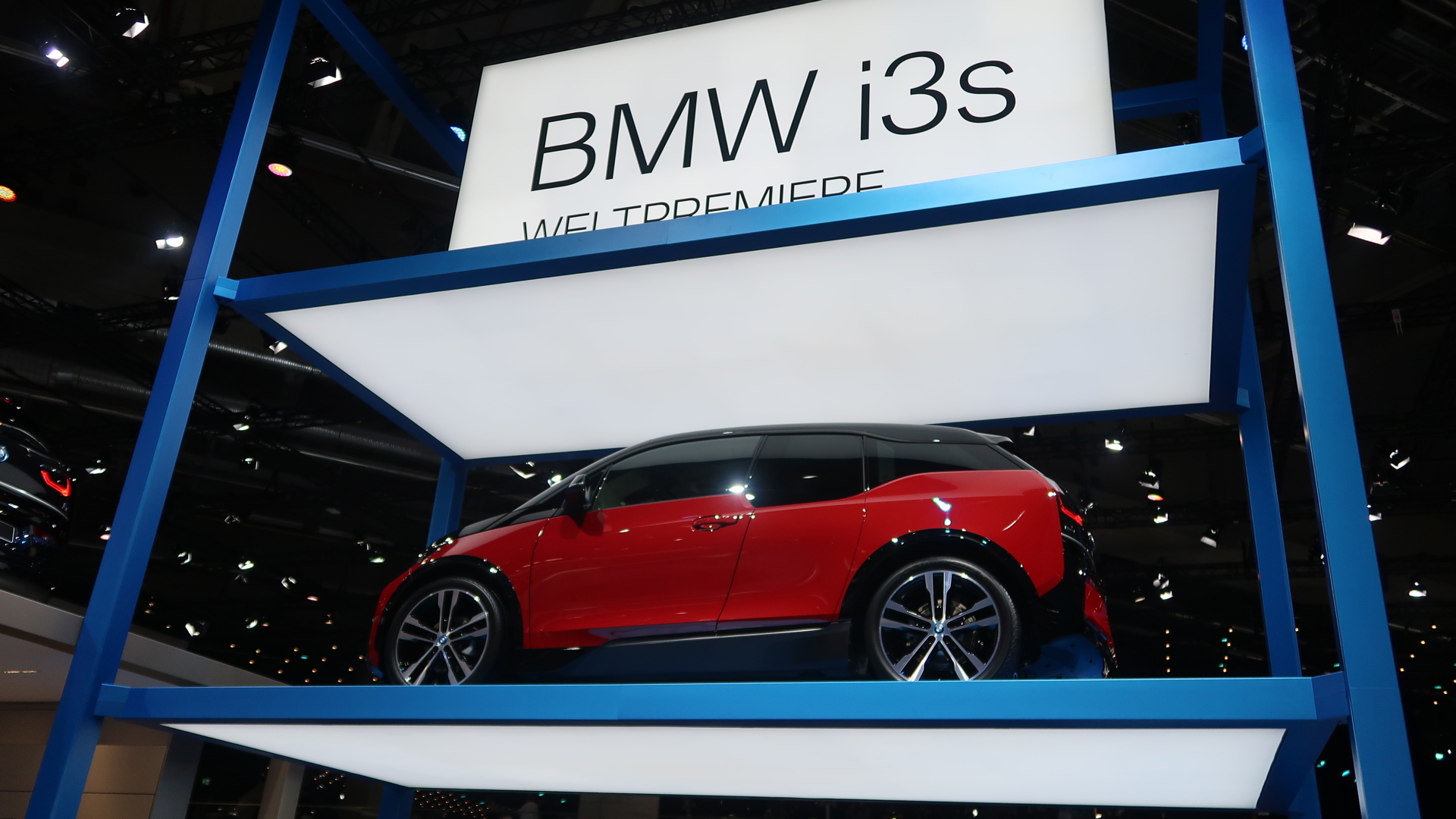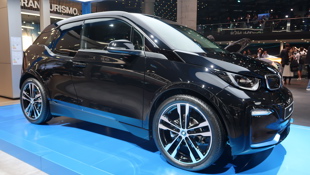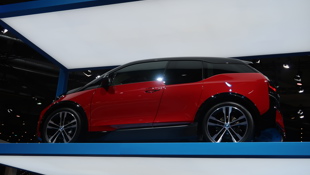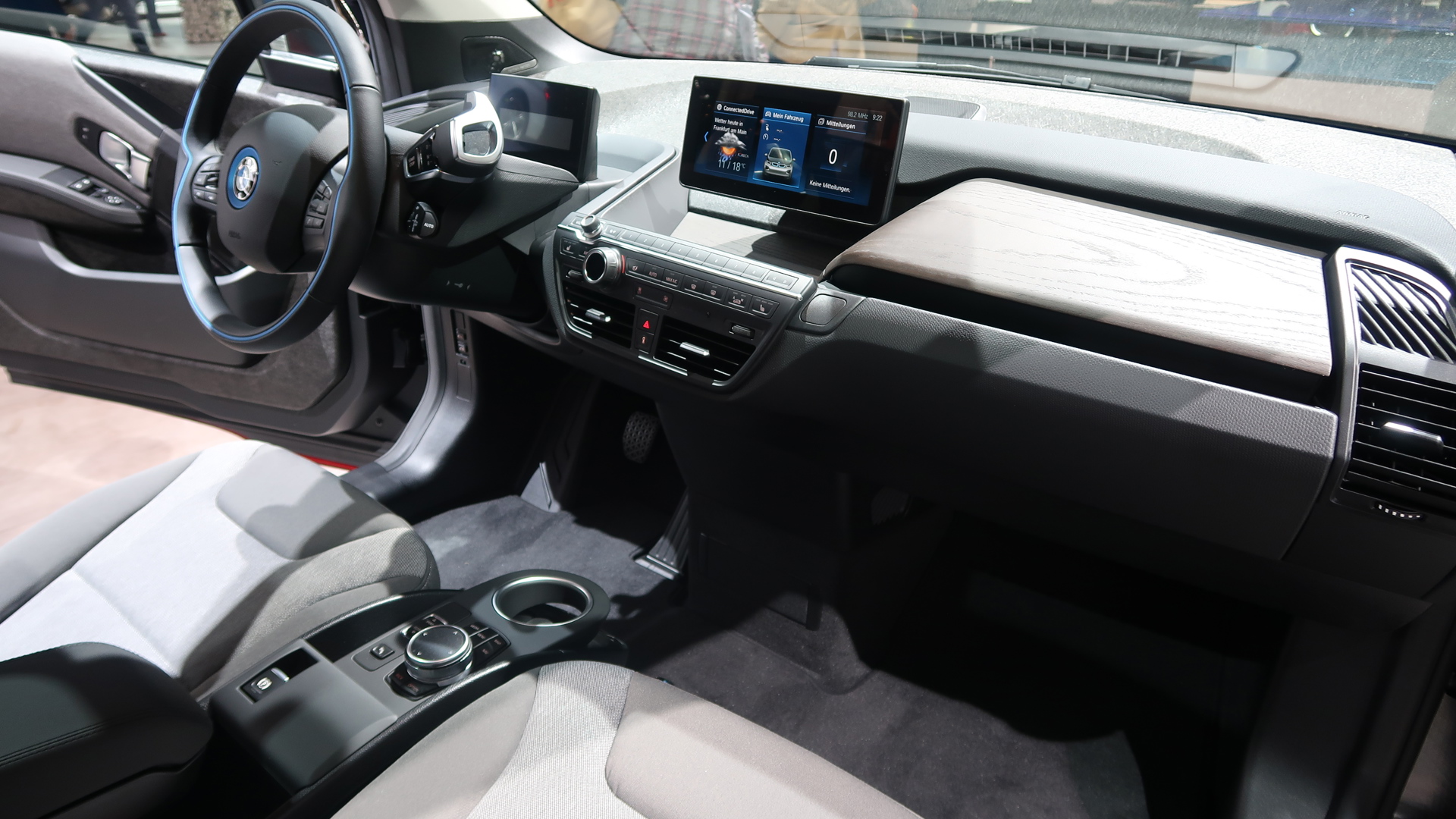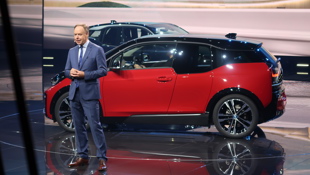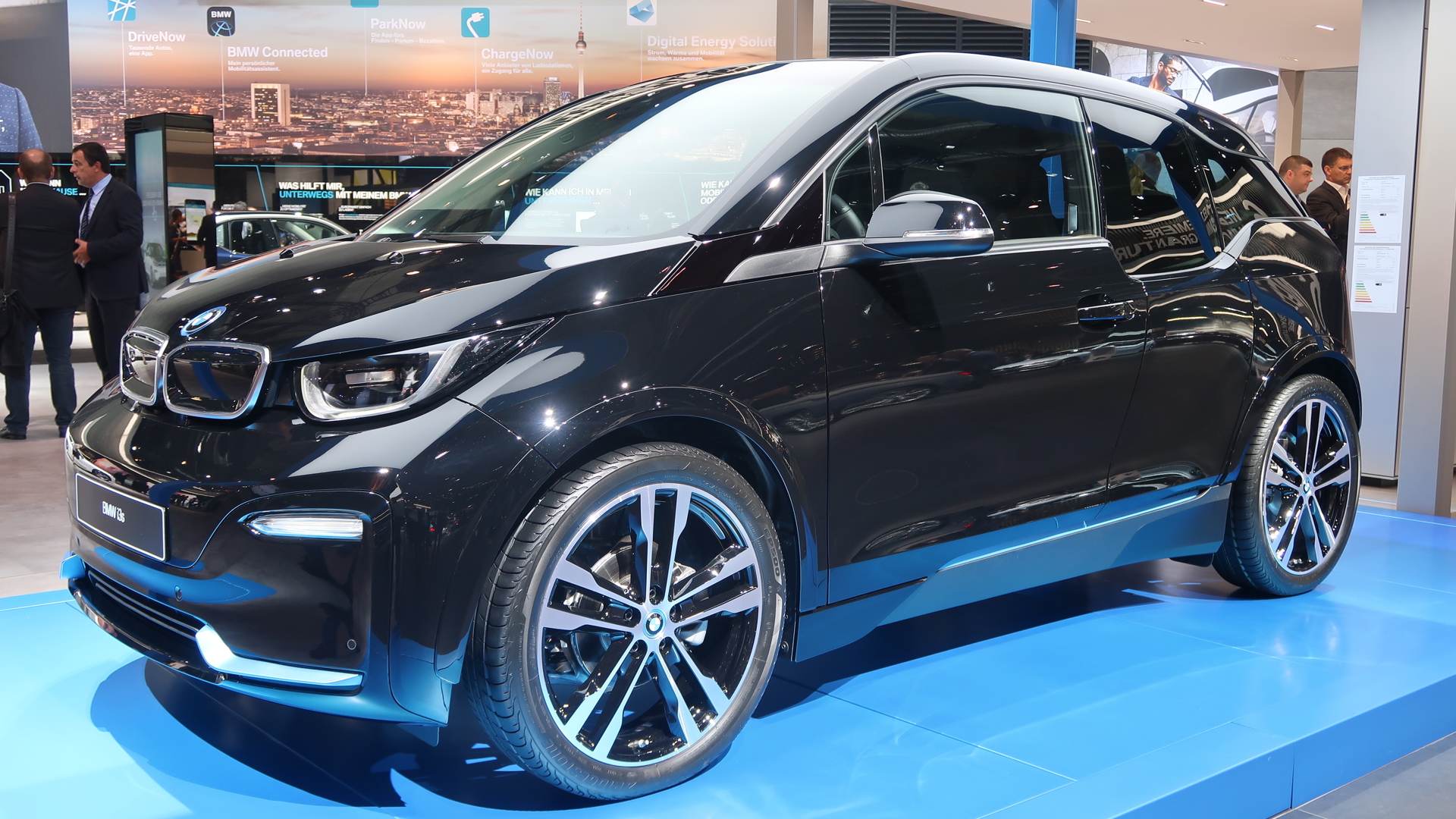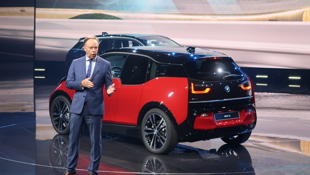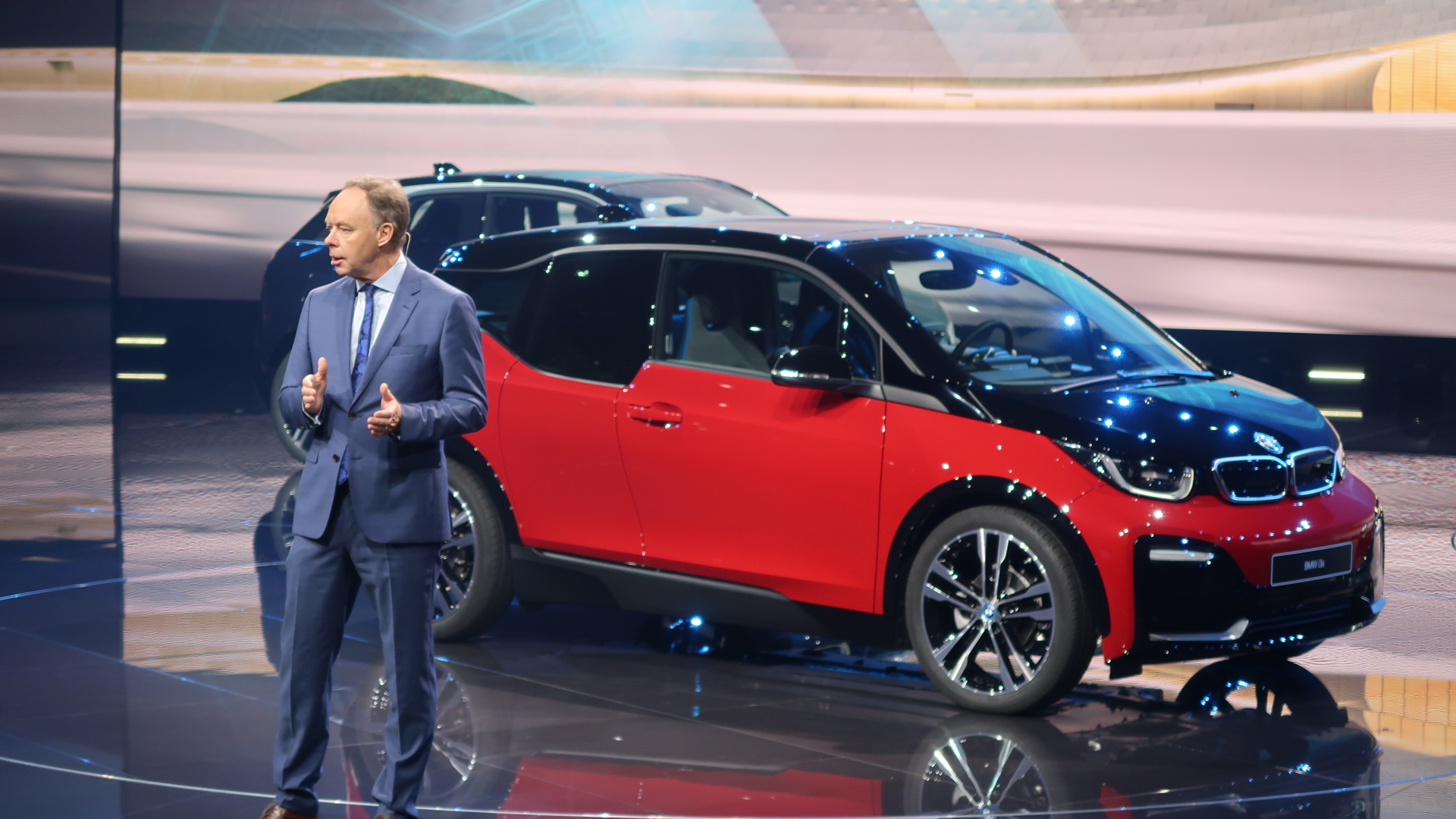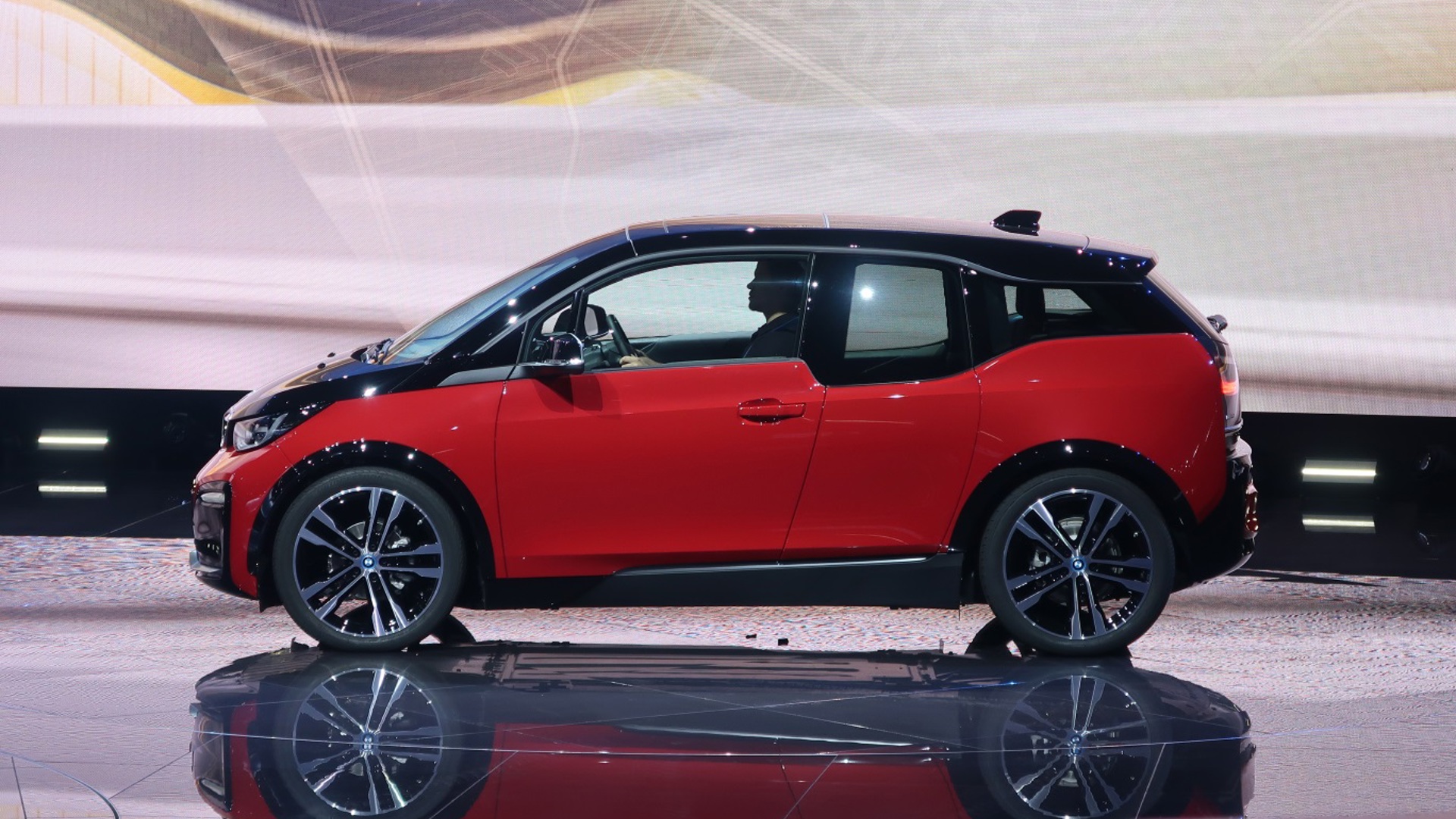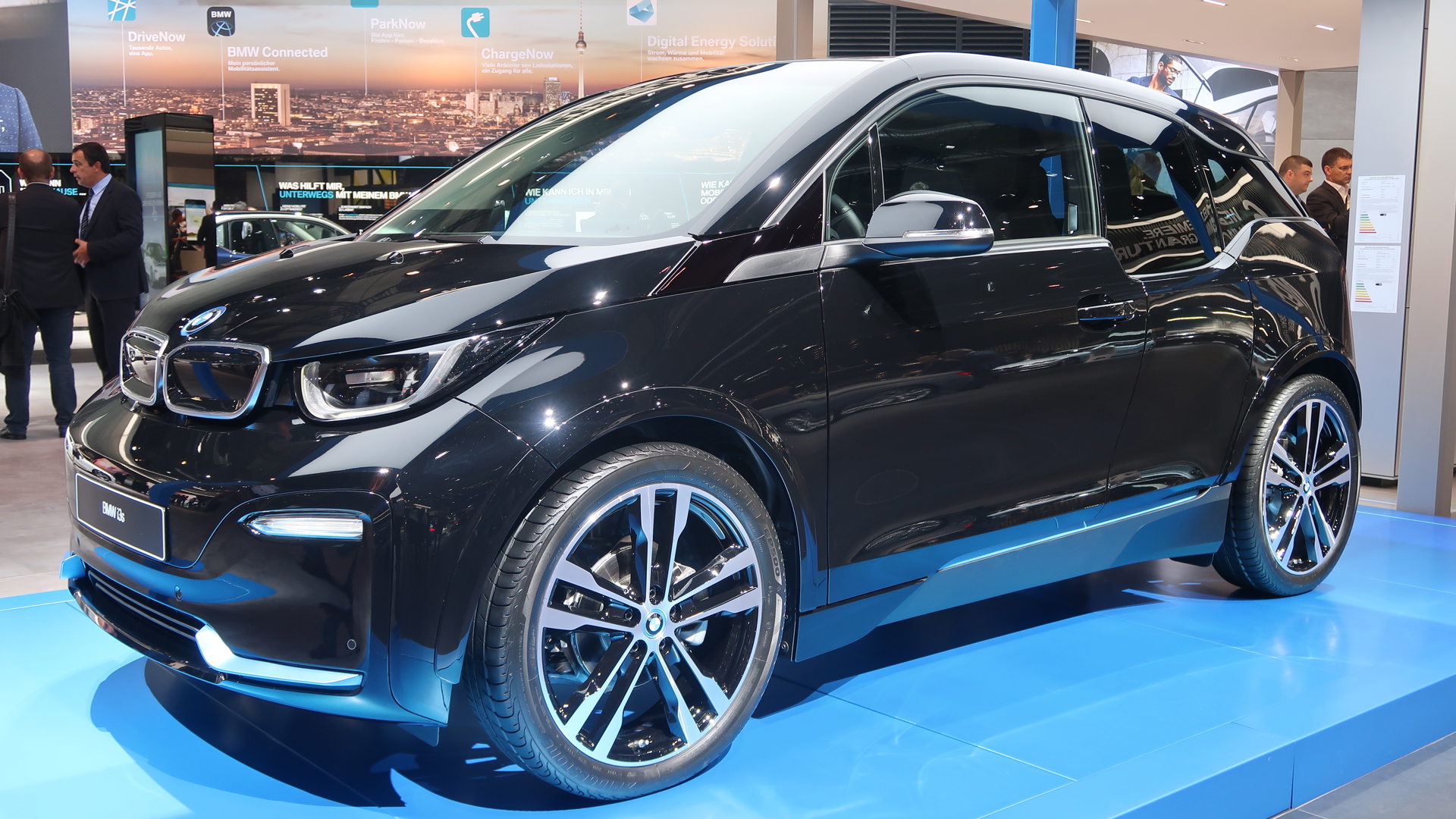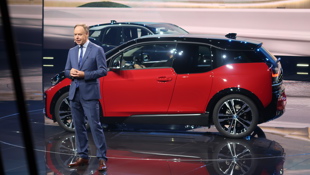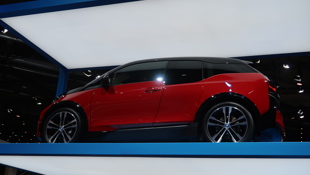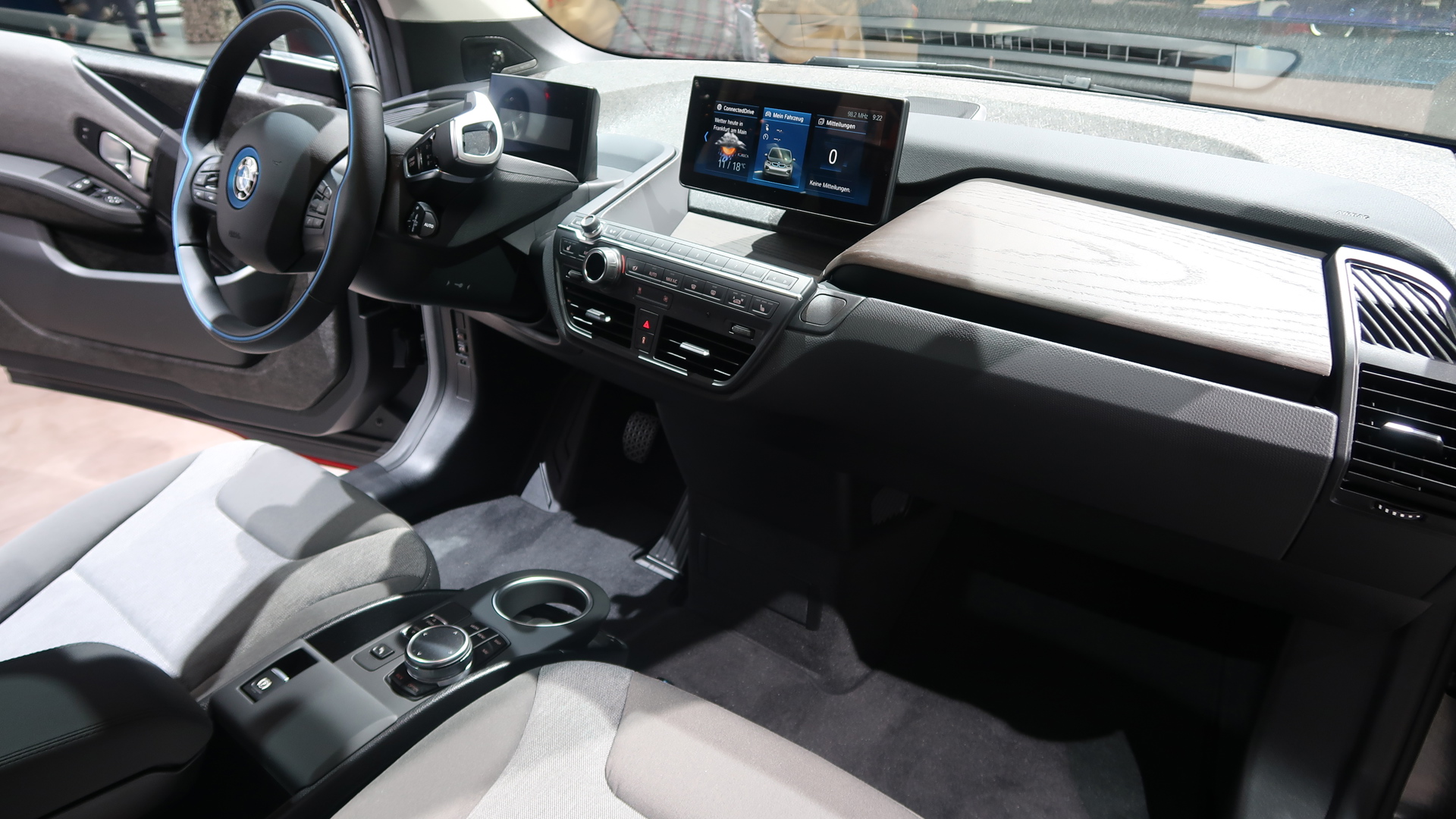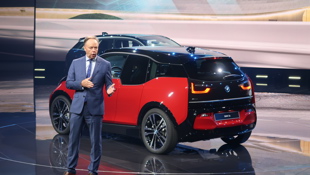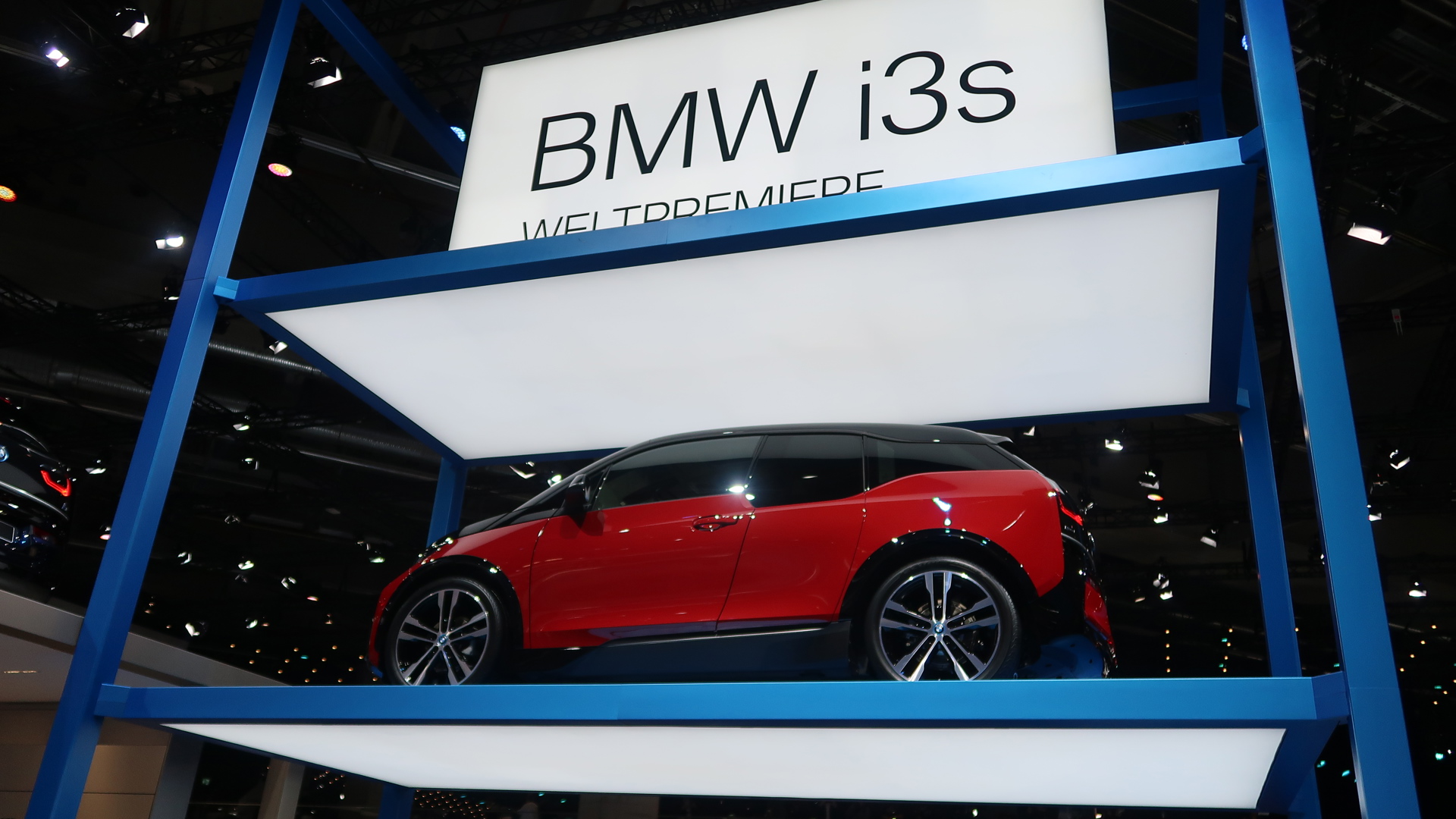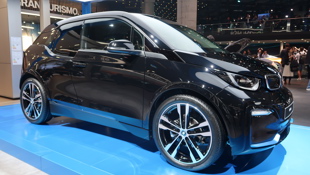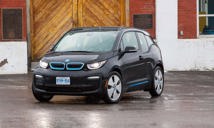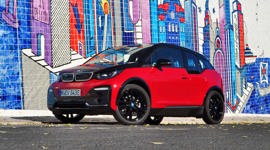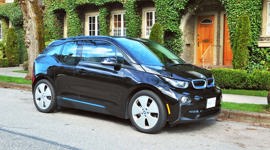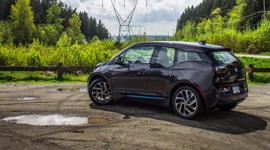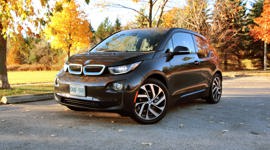FRANKFURT – If you want to know the definition of “polarizing,” BMW’s i3 is pretty much it. You either find this little electric runabout appealingly quirky, or you think it’s the strangest thing ever plunked down on four wheels. It’s now undergone a bit of a refresh, and while the haters will probably still grumble about its boxy shape, odd back windows and rear-opening doors, its new colour schemes tone down the electric blue accents that often didn’t resonate as well as the company had hoped.
Neither one is going to have you outrunning a Tesla at the light, but this is meant to be a city car after all.
The i3 initially came out as a single model, but now there are two. In addition to the regular i3, there’s also a higher-performance version, the i3s, with more power and a chassis tuned for it. The regular i3 puts out 184 lb-ft of torque, and right from a dead stop as do all electric cars, along with 170 horsepower. The i3s has a higher-power electric motor that spins out peak torque of 199 lb-ft, along with 184 horsepower. While the i3 goes from zero to 100 km/h in 7.3 seconds, the i3s does it in 6.9 seconds.
Neither one is going to have you outrunning a Tesla at the light, but this is meant to be a city car after all.
The i3s also receives further modifications to differentiate it. Its drive system is modified with new bearings and motor control to improve its performance at higher speeds, and its track width is 40 millimetres wider than the i3. Its sport suspension, outfitted with specially-developed springs, shocks and roll bars, is also 10 millimetres lower than its sibling, and it’s available with wider 20-inch tires. Both i3 models get an upgrade to their dynamic stability control system, which now responds faster and has a wheel-speed limiter to better keep things on the straight and true.
Both i3 models use a 33 kWh lithium-ion battery that sits under the floor, and while range depends on a variety of factors, including temperature and how you drive it, BMW says “everyday use” is measured at around 200 kilometres, similar to current 2017 models. As before, you can order a range extender, which uses a small gasoline engine that automatically starts up when the battery gets low and acts like a generator, creating more electricity for the car’s electric motor. It’ll be available on both the i3 and i3s.
The exterior styling changes are primarily in trim. Both models come with LED headlights, and the revised front and rear fascias include horizontal turn signals up front. The top half of the car is still black as before, including the hood and liftgate, but the front pillars now match it. The i3s is further differentiated with a few design cues, such as small fender arches, available unique twin spoke wheels, high-gloss pillars and roof accents, and blue or grey strips on the bottom of the fascia.
The interior is virtually unchanged, retaining that quirkiness that one either loves or hates. The shift lever is a column-mounted knob that you spin, the glovebox hides under a floating wooden panel, the infotainment screen likewise hovers above its cubby, and everything’s finished in materials that are renewable, recyclable, or at least produced with a minimum of environmental fuss.
Connection is key here, with Apple CarPlay (nope, no Android Auto yet) and a Wi-Fi hotspot offered as options. The screen also provides charging information when the car’s plugged in, and an update on range when it’s not. While you won’t get this on your i3 in Canada, at least not yet if ever, European versions supply on-street parking information in conjunction with their navigation systems.
Pricing and availability will be announced closer to launch in late 2017, while electric vehicle rebates in specific provinces are expected to be the same as 2017 models.
